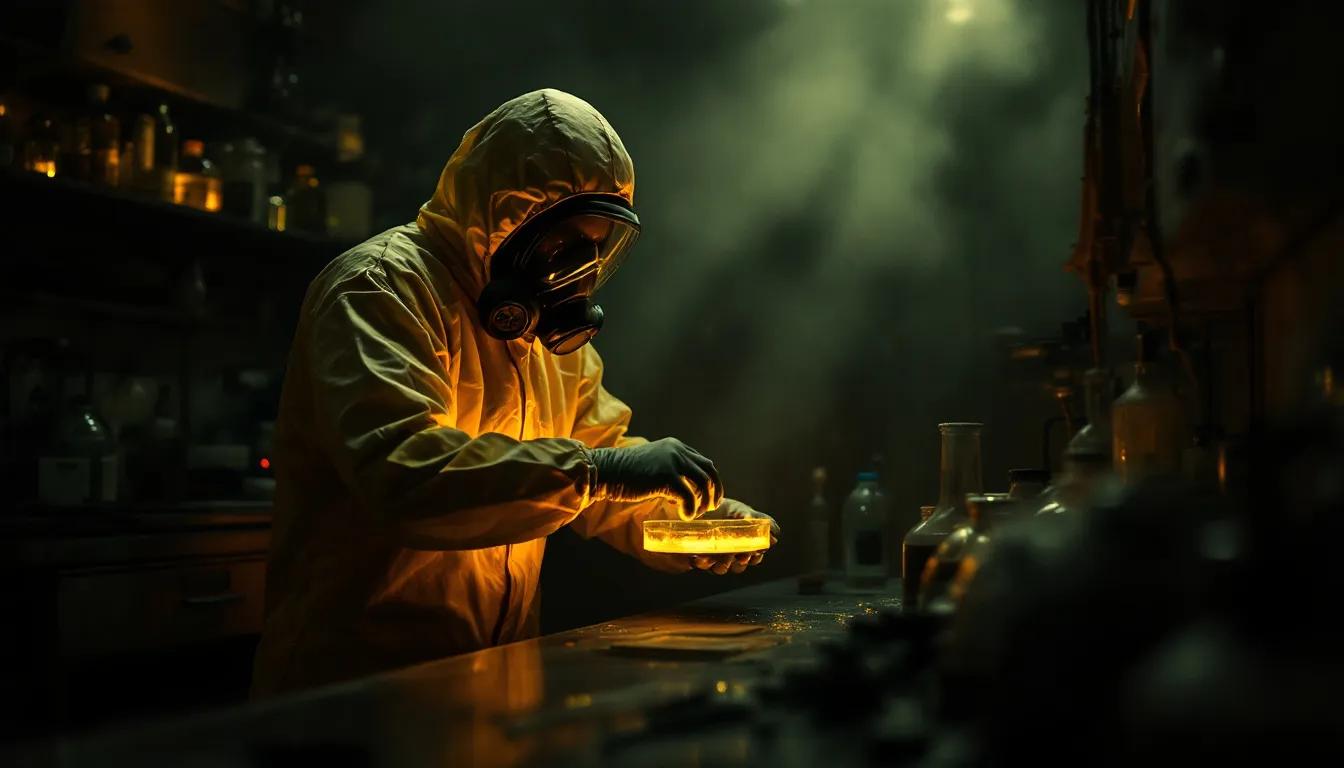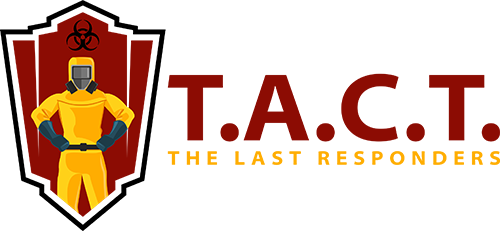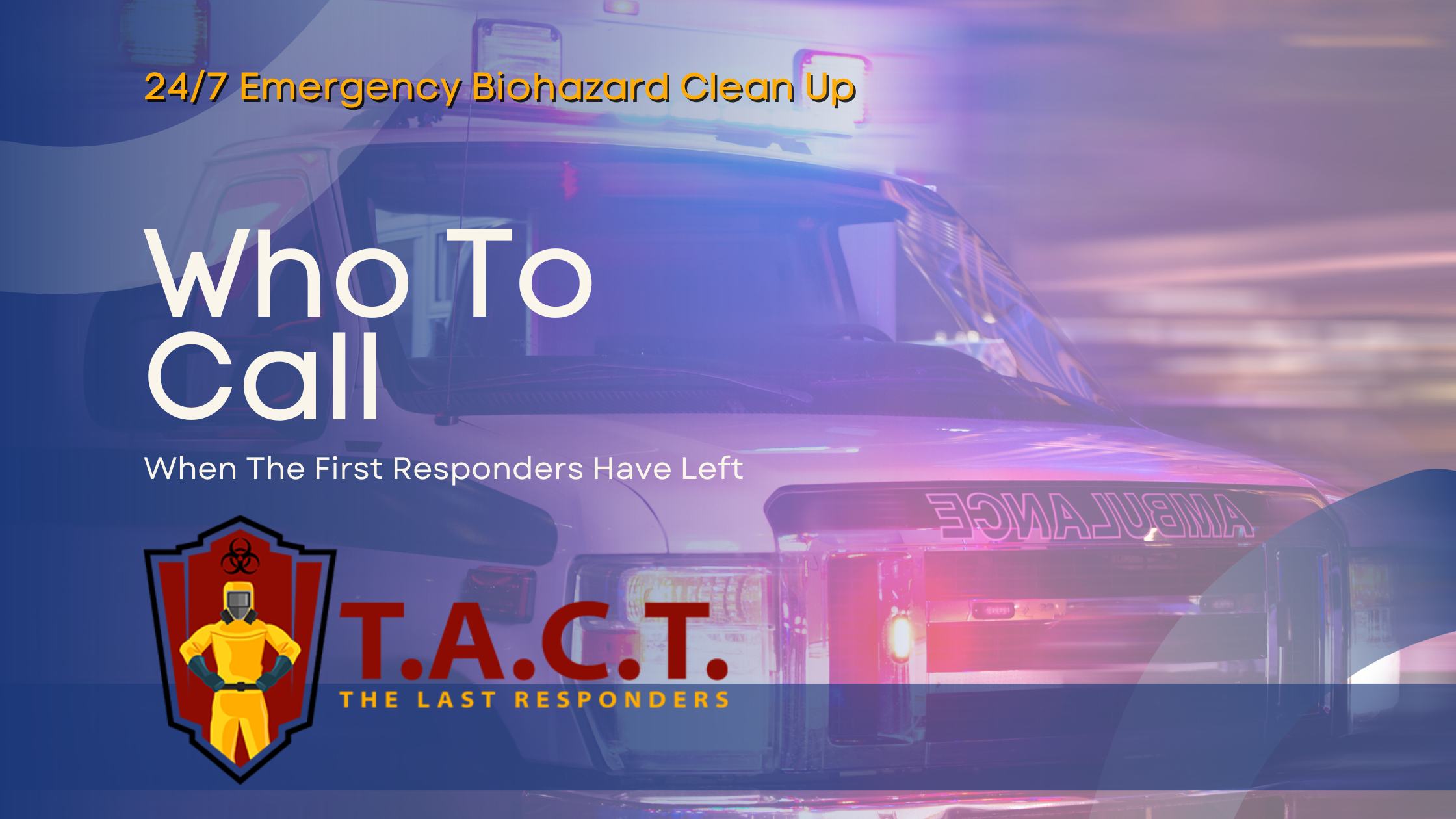Essential steps for safety and compliance

Effective Blood Cleanup: Essential Steps for Safety and Compliance
When faced with a blood spill, knowing how to perform a safe and thorough blood cleanup is crucial. This guide will walk you through essential steps, from gathering necessary equipment to handling different types of spills and complying with safety regulations.
Key Takeaways
Effective blood cleanup requires essential personal protective equipment (PPE) such as gloves, gowns, and disinfectant solutions to safeguard against exposure to bloodborne pathogens.
A systematic approach to blood spill cleanup involves assessing the spill, containing it, disinfecting the area, and ensuring proper disposal of contaminated materials to prevent further contamination.
Compliance with legal and safety regulations, including the establishment of an Exposure Control Plan, is necessary to minimize health risks during blood cleanup and protect both personnel and the public.
Essential Equipment for Blood Cleanup

Before:
When it comes to cleaning up blood spills, having the right equipment is the first step towards ensuring a safe and thorough cleanup. Essential items include disposable gloves, gowns, shoe covers, and eye protection, which are all part of the personal protective equipment (PPE) needed to safeguard against bloodborne pathogens. It’s crucial to gather these items before starting the cleanup process to protect yourself from potential exposure.
After:
Essential items for cleaning up blood spills include:
Disposable gloves
Gowns
Shoe covers
Eye protection
These items are all part of the personal protective equipment (PPE) needed to safeguard against bloodborne pathogens. It’s crucial to gather these items before starting the cleanup process to protect yourself from potential exposure.
In addition to PPE, you’ll need:
Biohazard bags for the safe disposal of contaminated materials
Disposable towels for absorbing the spill
Effective disinfecting solutions such as bleach
These tools not only help in containing the spill but also in decontaminating the affected area, ensuring that all pathogens are eliminated. Proper use of this equipment minimizes the risk of infection and ensures compliance with safety regulations.
Step-by-Step Guide to Cleaning Up Blood Spills

Before:
A systematic approach ensures safety and effectiveness when cleaning up blood spills. The process begins with assessing the spill’s severity, which determines the appropriate cleanup method. After assessment, put on disposable gloves and masks to maintain personal hygiene. Cover the spill with absorbent materials to contain pathogens, rather than wiping, which can spread the contaminants.
After:
Assess the spill’s severity to determine the appropriate cleanup method.
Put on disposable gloves and masks to maintain personal hygiene.
Cover the spill with absorbent materials to contain pathogens, rather than wiping, which can spread the contaminants.
Next, the cleanup involves five main steps: prevention, containment and removal, disinfection, disposal, and sanitization. Use a biohazard bag for disposing of contaminated materials, and ensure the spill area is thoroughly disinfected using a solution with a broad-spectrum kill claim. Disinfectant wipes can be particularly effective in ensuring thorough disinfection.
Finally, after scrubbing and decontaminating the area, allow it to air dry. This helps ensure no residual pathogens remain. By following these steps, you can achieve a safe and thorough cleanup, preventing any further contamination or health risks.
Handling Different Types of Blood Spills
Blood spills can occur on various surfaces, each requiring a specific approach for effective cleanup of fluids. Whether the spill is on a non-carpeted floor, carpeted floor, or furniture, understanding the nuances of each situation is crucial.
Let’s explore the best practices for handling different types of blood spills to ensure safety and compliance.
Blood Spills on Non-Carpeted Floors
Non-carpeted floors, such as tile, ceramic, vinyl, and linoleum, are common surfaces where blood spills can occur. Quick containment is key to preventing further spread and contamination. Start by spraying a bleach solution on the spill area to disinfect it thoroughly. This should be followed by absorbing and removing the spill using disposable towels. For metal or wooden surfaces, the procedure is similar, ensuring that the disinfecting solution is appropriate for the material.
It’s important to be cautious when dealing with sharp objects or foreign materials within the spill area to avoid injury. Use tools like tongs or a brush and dustpan to safely handle and dispose of these items.
Following these steps ensures a safe and thorough cleanup of blood spills on non-carpeted floors.
Blood Spills on Carpeted Floors
Cleaning blood spills on carpeted floors poses significant challenges due to the absorbent nature of carpets. The first step is to contain the spill quickly to prevent it from spreading further into the carpet fibers. Use disposable towels to blot the affected area, being careful not to rub, which can push the blood deeper into the carpet.
Once the bulk of the blood is absorbed, apply a disinfecting solution designed for carpets to sanitize the area thoroughly. It’s crucial to ensure complete disinfection to protect against bloodborne pathogens. Using shoe covers can prevent cross-contamination during the cleanup process.
Finally, allow the carpet to air dry completely before resuming normal use.
Blood Spills on Furniture
Dealing with blood spills on furniture requires quick action and careful handling. For cloth furniture, remove any removable coverings and launder them on a warm wash cycle to ensure thorough cleaning. Use a disinfecting solution appropriate for the furniture material to clean the spill area, ensuring that every nook and cranny is addressed.
Furniture structures can make cleaning challenging, but it’s essential to soak the affected area with the disinfectant and allow it to air dry completely. This helps in ensuring that no pathogens remain, maintaining a safe and clean environment.
Properly dispose of any materials used in the cleanup process in biohazard bags to prevent further contamination.
Dealing with Bloodborne Pathogens

Managing bloodborne pathogens during a blood spill cleanup minimizes health risks. Adhering to OSHA guidelines ensures a safe response. Employers must provide personal protective equipment (PPE) at no cost to employees who are at risk of exposure. This includes gloves, masks, gowns, and eye protection, all crucial for safe handling and cleaning.
Maintaining hygiene is also a key factor in dealing with bloodborne pathogens. Accessibility to handwashing facilities is important for workers to wash hands thoroughly after potential exposure. Creating a culture of safety and awareness around blood cleanup can significantly reduce health risks and promote a secure environment.
Safe Disposal of Contaminated Materials

Proper disposal of contaminated materials prevents further exposure and ensures compliance with safety regulations. All contaminated items, including gloves, cleaning cloths, and absorbent materials, must be disposed of in biohazard bags. This practice helps contain any potential pathogens and prevents them from spreading.
For sharp objects, use puncture-resistant containers labeled appropriately to avoid injury and ensure safe disposal. Following federal, state, and local regulations for waste disposal is necessary. Using tools like tongs or a brush and dustpan can aid in safely handling and disposing of broken glass or other sharp objects during cleanup.
Disposing of these materials properly maintains a safe and compliant environment.
Working with Professional Cleaning Services

Hiring professional cleaning services for blood cleanup can provide peace of mind and ensure thorough decontamination. Professional cleaners are trained to handle biohazards and use effective disinfecting solutions and bleach solutions to sanitize the area. This ensures that the cleanup is compliant with safety standards and regulations.
The cost of professional blood cleanup services varies based on factors such as the extent of the affected area and the complexity of the cleanup. In Houston, the typical cost range is between $1,500 and $5,000.
Despite the cost, hiring professionals ensures thorough decontaminate and a secure, clean environment, invaluable during difficult times.
Legal and Safety Regulations
Complying with legal and safety regulations in blood cleanup avoids penalties and ensures everyone’s safety. Employers must establish a written Exposure Control Plan to minimize occupational exposure to bloodborne pathogens. Implementing safety standards protects both cleanup personnel and the public from health risks.
Failure to comply with these regulations can lead to significant fines and increased risk of health hazards. Ensuring that all procedures and safety measures are followed not only protects workers but also enhances the overall security of the workplace environment.
Aftercare and Personal Hygiene
After completing a blood cleanup, personal hygiene and aftercare are critical to prevent infections and maintain cleanliness. Washing hands thoroughly with disinfectant soap is essential. Proper disposal of personal protective equipment (PPE) in biohazard bags minimizes contamination risks.
Ensuring the cleaned area is completely dry and free from contaminants is vital for safety. By committing to these aftercare practices, individuals can protect themselves and others from potential health risks associated with blood cleanup.
Summary
In summary, effective blood cleanup requires the right equipment, a systematic approach, and adherence to safety regulations. By following proper procedures and using appropriate tools, you can ensure a safe and thorough cleanup that protects against health risks and complies with legal standards. Whether dealing with blood spills on non-carpeted floors, carpeted floors, or furniture, each situation demands specific steps to ensure effective decontamination.
Creating a culture of safety, maintaining personal hygiene, and knowing when to call in professional cleaning services can make all the difference. Remember, thoroughness and compliance are key to maintaining a clean and safe environment. By following these guidelines, you can handle blood spills with confidence and care.
Frequently Asked Questions
What equipment is necessary for cleaning up blood spills?
To effectively clean up blood spills, it is necessary to use disposable gloves, gowns, shoe covers, eye protection, biohazard bags, disposable towels, and appropriate disinfecting solutions like bleach. Ensuring you have this equipment is crucial for maintaining safety and hygiene.
What are the steps for cleaning up a blood spill?
To effectively clean up a blood spill, it is crucial to follow these steps: prevent further contamination, contain and absorb the spill, disinfect the area with appropriate solutions, dispose of materials safely, and ensure thorough sanitization. This systematic approach ensures a safe and hygienic environment.
How should blood spills on carpeted floors be handled?
To effectively handle blood spills on carpeted floors, promptly contain the spill, blot the area using disposable towels, and apply a suitable disinfecting solution for carpets to ensure thorough disinfection. Allow the carpet to air dry completely afterward.
Why is it important to follow OSHA guidelines during blood cleanup?
Adhering to OSHA guidelines during blood cleanup is crucial for minimizing the risk of exposure to bloodborne pathogens, thereby ensuring a safe environment. Compliance also mandates the provision of personal protective equipment and accessible handwashing facilities.
What are the benefits of hiring professional cleaning services for blood cleanup?
Hiring professional cleaning services for blood cleanup guarantees thorough decontamination and adherence to safety standards, while also providing peace of mind. Their specialized training in handling biohazards and the use of effective disinfecting solutions are essential for a safe and compliant cleanup.
Latest news

Nosy neighbors peeking? T.A.C.T. North Atlanta offers discreet biohazard remediation for rodent infestations, mold, hoarding, and more. Unmarked vehicles, quiet experts, full privacy—24/7 service at 470-781-4775.
Read More

